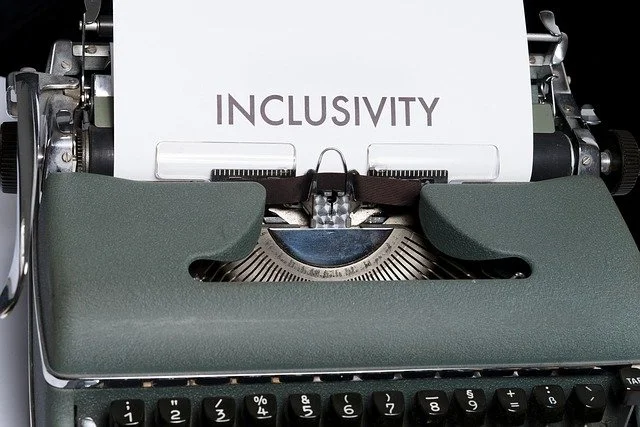
We live in an incredibly complex, diverse world. However, not all of us feel a sense of belonging. This is the consequence of a system that has diversity without inclusion.
Diversity and Inclusion are both words that are used liberally by a lot of schools, offices and social groups and are often not taken seriously. Diversity is defined as “the practice of including people from different social and ethnic backgrounds and of different genders, sexual orientations, etc.” Inclusion is defined as “the practice of giving equal opportunities and resources to people who might otherwise be excluded.” So when one “includes” a diverse group of people in an organisation but doesn’t give them equal access to opportunities, one leaves them without a sense of belonging and justice.
To understand how we can make our world more inclusive, we must get to the root cause of the issue. What causes exclusion?
Poverty, lack of resources and education, lack of government aid, lack of housing etc contribute in a large way to social exclusion. Due to lack of opportunity, those that are socially excluded do not take up leadership positions in their communities, and hence cannot create changes that may help others like them. This cycle continues and there is little progress that is made.
However, as the generation that will soon take up leadership positions in our own communities, we can educate ourselves about how we can make our communities more inclusive, and hence break this cycle.
Firstly, we can create an inclusive school atmosphere. There might be children in our classrooms that have difficulties with reading, writing and remembering concepts covered in class. Some might be differently abled and may use wheelchairs or hearing aids. We can ensure that classroom seating allows them to move in and out of class when they need to, and we can learn different things from each other. The idea is to not treat them differently due to their abilities, but instead acknowledge their disability while treating them as you would any other friend.
Secondly, we can talk in a more mindful manner. We must remember to not assume someone’s gender, sexual orientation, ethic background or disability. Use the right pronouns; if you are unsure of which ones to use, ask the person. Make space for others to contribute their experience to a conversation. This will not only help us learn more about them, but also make them feel heard and understood. Never make comments on someone’s physical traits or appearance, especially if it is something that they cannot change. Remember, everyone’s experiences are different; your truth may not be someone else’s truth too.
Thirdly, we must also acknowledge our background in terms of wealth, health, race, ethnicity, gender etc. Our background causes us to have very different experiences of the world, and sometimes it is difficult to acknowledge that another reality may exist. A lot of times, our race, health, wealth etc give us access to opportunities that others may not have access to.
To be fully inclusive, one must be curious and open to new ideas. We must question our assumptions and our ideas about different people, which may involve us asking ourselves uncomfortable questions about our biases. It is never easy to leave behind an old thought process, but it is a necessary thing to do. Self reflection is the key to a more inclusive, diverse and equal world.
 Samaa is 17 years old and studies in the Bombay International School. She is passionate about politics, social activism, dance and guitar.
Samaa is 17 years old and studies in the Bombay International School. She is passionate about politics, social activism, dance and guitar.